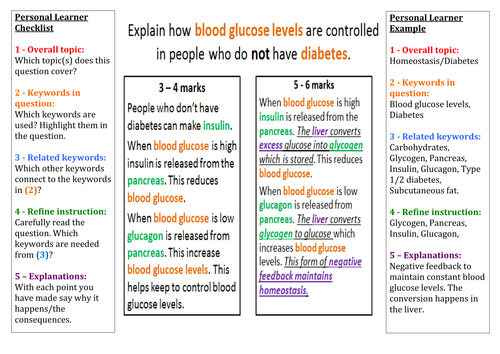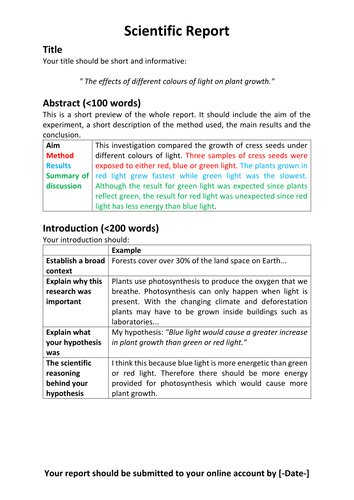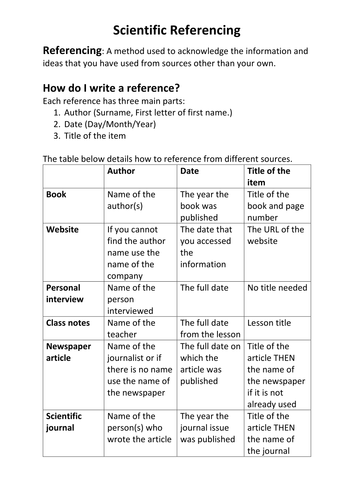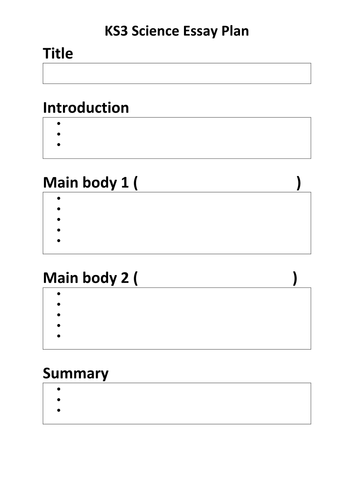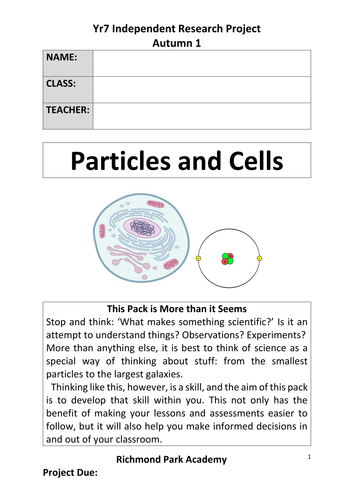243Uploads
117k+Views
56k+Downloads
All resources

C3.10 Properties of metals and alloys
AQA GCSE Sciences (9-1)
Chemistry: C3 Structure and bonding
Lesson 10: C3.10 Properties of metals and alloys
Based on the Kerboodle Resources
The AQA Kerboodle worksheet are not included so as to be acting within the TES code of conduct.

C2.2 Electronic structure and the periodic table
AQA GCSE Sciences (9-1)
Chemistry: C2 The periodic table
Lesson 2: C2.2 Electronic structure and the periodic table
Based on the Kerboodle Resources
The AQA Kerboodle worksheet are not included so as to be acting within the TES code of conduct.
Keywords: Shells, Electronic structure, Noble gases

C2.5 Explaining trends
AQA GCSE Sciences (9-1)
Chemistry: C2 The periodic table
Lesson 5: C2.5 Explaining trends
Based on the Kerboodle Resources
The AQA Kerboodle worksheet are not included so as to be acting within the TES code of conduct.

B18.3 Air pollution
AQA GCSE Sciences (9-1)
Biology: B18 Biodiversity and ecosystems
Lesson 3: B18.3 Air pollution
Based on the Kerboodle Resources
The AQA Kerboodle worksheet are not included so as to be acting within the TES code of conduct.
Keywords: Acid rain

B18.2 Land and water pollution
AQA GCSE Sciences (9-1)
Biology: B18 Biodiversity and ecosystems
Lesson 2: B18.2 Land and water pollution
Based on the Kerboodle Resources
The AQA Kerboodle worksheet are not included so as to be acting within the TES code of conduct.
Keywords: Eutrophication, Indicator species

C5.3 Extraction of metals
AQA GCSE Sciences (9-1)
Chemistry: C5 Chemical changes
Lesson 3: C5.3 Extraction of metals
Based on the Kerboodle Resources
The AQA Kerboodle worksheet are not included so as to be acting within the TES code of conduct.

P10.3 Forces and braking
AQA GCSE Sciences (9-1)
Physics: P10 Force and motion
Lesson 3: P10.3 Forces and braking
Based on the Kerboodle Resources
The AQA Kerboodle worksheet are not included so as to be acting within the TES code of conduct.
Keywords: Stopping distance, Thinking distance, Braking distance

P5.1 Alternating current
AQA GCSE Sciences (9-1)
Physics: P5 Electricity at home
Lesson 1: P5.1 Alternating current
Based on the Kerboodle Resources
The AQA Kerboodle worksheet are not included so as to be acting within the TES code of conduct.
Bundle

B17 Organising an ecosystem
Save £2 (33%)
Includes:
B17.1 Feeding relationships
B17.2 Materials cycling
B17.3 The Carbon Cycle
Please note: I had to remove the AQA worksheets so as to abide by TES’s code of conduct. Only my worksheets and PPT are included.

B14.4 Genetic engineering
AQA GCSE Sciences (9-1)
Biology: B14 Variation and evolution
Lesson 4: B14.4 Genetic engineering
Based on the Kerboodle Resources
The AQA Kerboodle worksheet are not included so as to be acting within the TES code of conduct.
Keywords: Plasmid, Enzymes

Guide to answering 6 mark questions in science
The resource models the difference between 5 and 6 mark answer.

P2.1 Energy transfer by conduction
AQA GCSE Sciences (9-1)
Physics: P2 Energy transfer by heating
Lesson 1: P2.1 Energy transfer by conduction
Based on the Kerboodle Resources
The AQA Kerboodle worksheet are not included so as to be acting within the TES code of conduct.

C5.1 Reactivity series
AQA GCSE Sciences (9-1)
Chemistry: C5 Chemical changes
Lesson 1: C5.1 Reactivity series
Based on the Kerboodle Resources
The AQA Kerboodle worksheet are not included so as to be acting within the TES code of conduct.

B8.2 The rate of photosynthesis
AQA GCSE Sciences (9-1)
Biology: B8 Photosynthesis
Lesson 2: B8.2 The rate of photosynthesis
Based on the Kerboodle Resources
The AQA Kerboodle worksheet are not included so as to be acting within the TES code of conduct.
Keywords: Limiting factor, Denatured, Enzymes

J J Thomson & Plum Pudding Model
Learners will discover how JJ Thomson came up with his Plum Pudding Model and will also see how Millikan discovered the charge of the electron.

C4.4 The yield of a chemical reaction
AQA GCSE Sciences (9-1)
Chemistry: C4 Chemical calculation
Lesson 4: C4.4 The yield of a chemical reaction
Based on the Kerboodle Resources
The AQA Kerboodle worksheet are not included so as to be acting within the TES code of conduct.

Scientific Report
Models how students should write out a scientific report:
*) Abstract
*) Introduction
*) Method
*) Results
*) Discussion

Scientific Referencing
This is probably most appropriate for A-Level and GCSE students but I have been pushing my top KS3 students to get used to this way of writing.
Shows how to reference: books, videos, websites etc..

KS3 Scientific Essay Plan
I found that a lot of my KS3 were simply copying and pasting information for homework.
This was designed to get them to have to think critically about the information they are including.
Ideally, they follow the plan and you give feedback which they use along with the plan to write the actual essay.

Year 7 Homework Booklet (Particles and Cells)
This booklet was created to ensure consistency, and to develop scientific thinking skills. We have so much content to cover in lessons so this is a home resource which is designed to override homework. These activities include stop-motion activities, building 3D models and also scientific methods. Students should spend 6-8 hours in total on this booklet - a timetable is also incorporated in the booklet so that students can plan out which activities to attempt throughout the weeks before the due date.
As mentioned in the title, the two content units are Particles and Cells but at the end, there is also a scientific skills section which walks students through the scientific method. They will end up creating their own scientific questions, plan an investigation and write it out.
This booklet is 26 pages long but saves a lot of space by linking youtube videos where students will gain the necessary knowledge needed to complete the various sections (we all know students don't like reading a lot of information).
Also incorporated are GCSE questions that link to the KS3 content.
I hope you find this resource useful - Lagoondry











